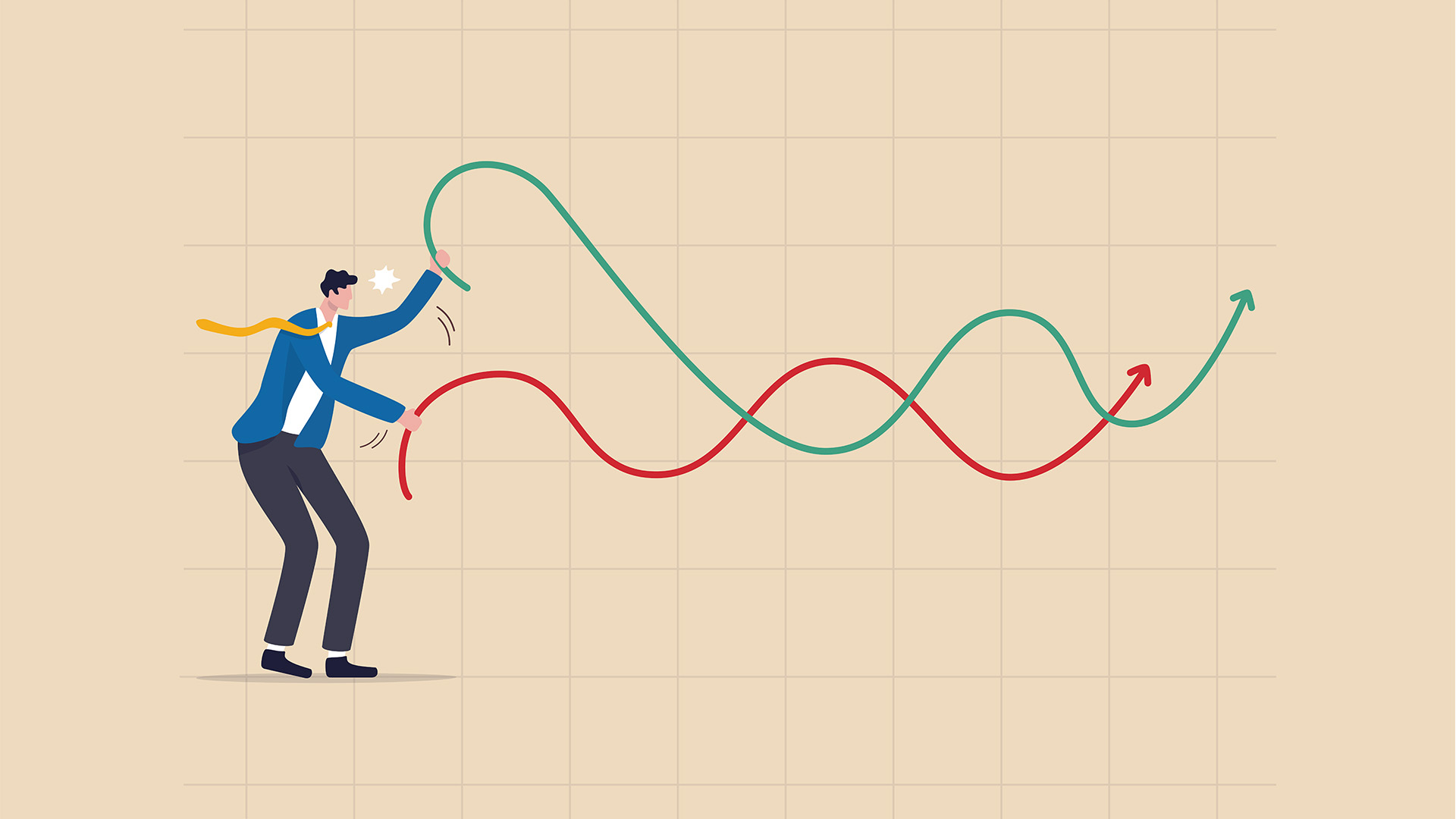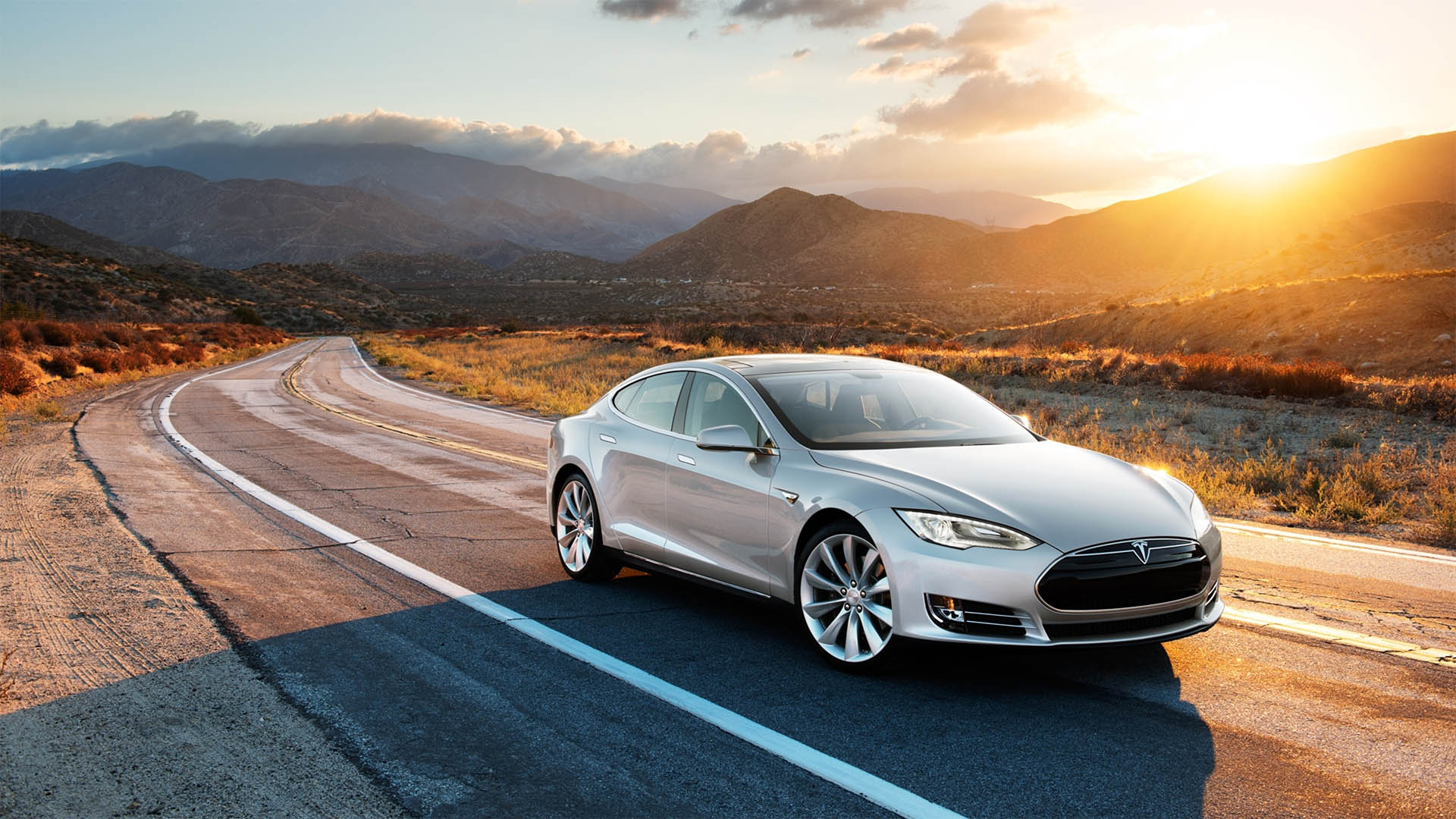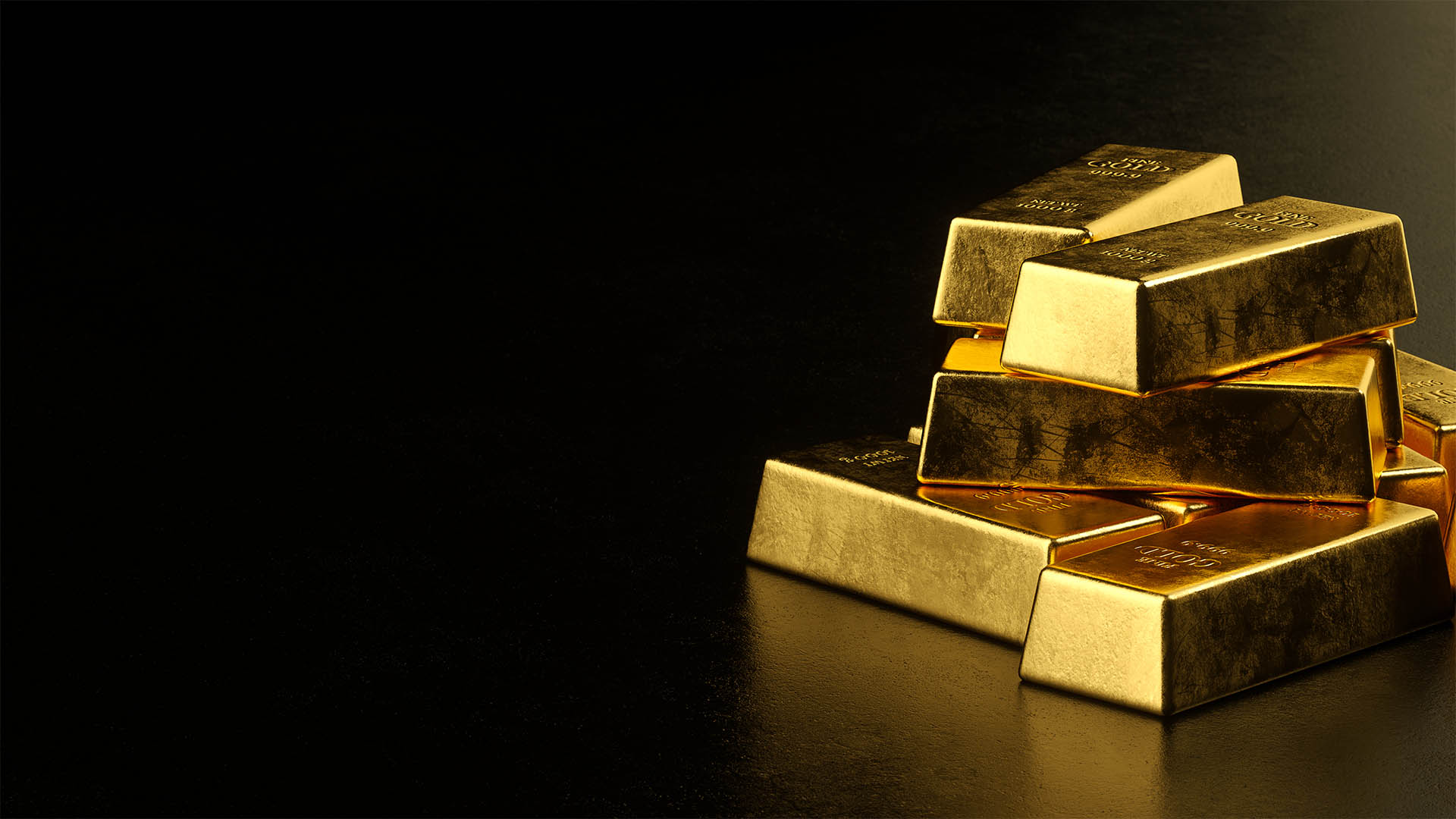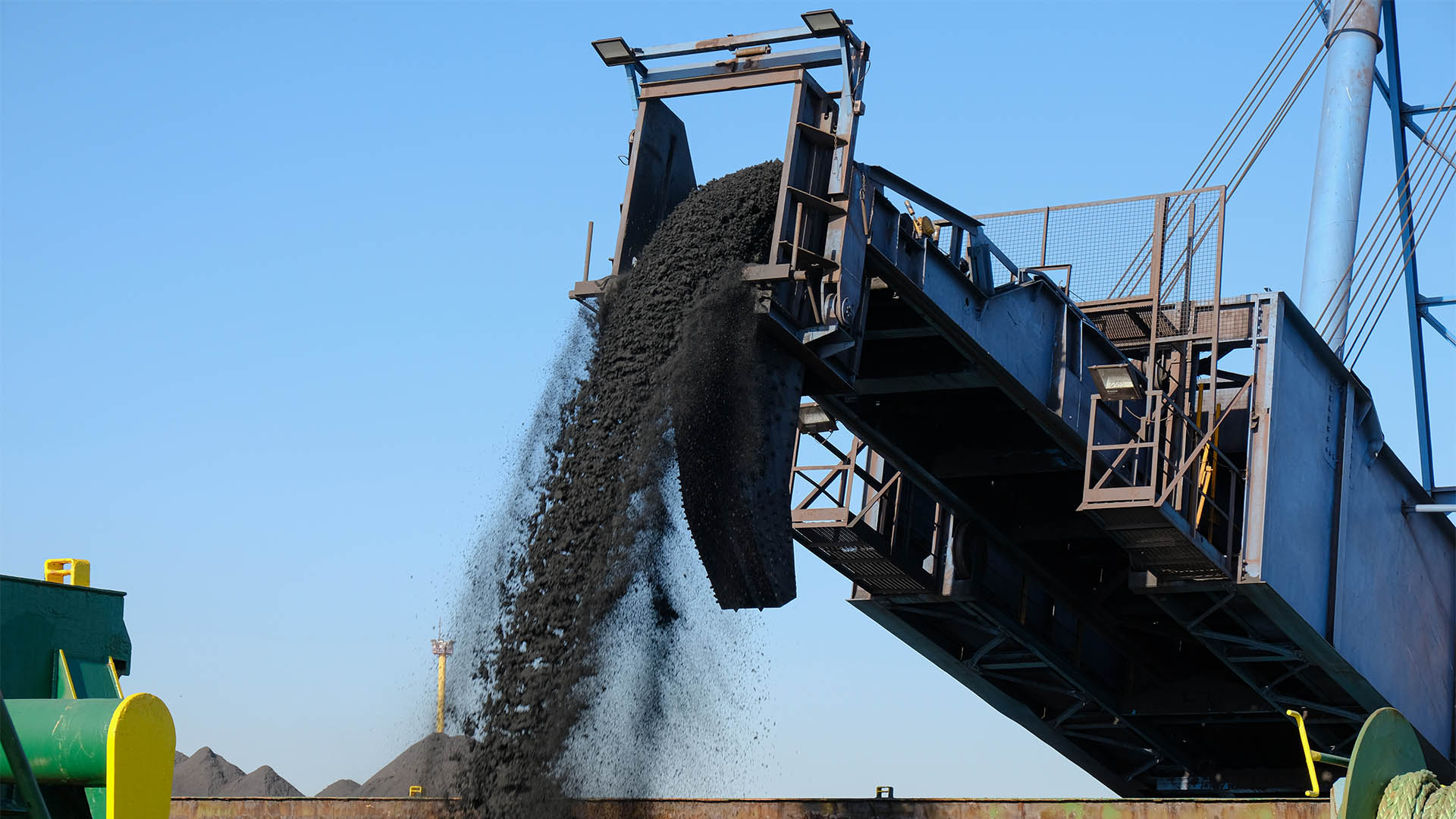As warned by the Reserve Bank earlier in the year, the September quarter Consumer Price Index came in low because of smaller than forecast rises in government charges, such as childcare costs, housing, and rent costs and electricity prices and despite a jump in fuel costs.
The Australian Bureau of Statistics said the CPI was up 1.9% in the year to September, down from the 2.1% reported for the year to June.
Inflation in the September quarter was unchanged from the June quarter at 0.4%.
“Modest rises in housing costs, including rents, utilities, and property rates, and a fall in child care out-of-pocket expenses, saw a subdued rise in the CPI this quarter,” Bruce Hockman, ABS chief economist, said in yesterday’s statement from the Bureau.
The most significant rises this quarter are international holiday travel and accommodation (+4.3 percent), tobacco (+1.8 percent), property rates and charges (+2.3 percent), automotive fuel (+1.4 percent) and fruit (+2.4 percent). The rise is partially offset by falls in childcare (-11.8 percent) and telecommunications equipment and services (-1.5 percent).
Child care (-11.8 percent) saw the largest fall this quarter following the introduction of the Child Care Subsidy on 2 July, which replaced the Child Care Rebate and Child Care Benefit.
In issuing the warning six weeks or so ago, the RBA said it expected the CPI to bounce higher in the December and early quarters of 2019. The new estimates from the central bank will be issued with its 4th and final Statement of Monetary Policy at the end of next week.
Because of the advanced warning, the fall (which would have worried many economists) will be noted but ignored by those framing their interest rate and currency forecasts. The Aussie dollar dropped in a kneejerk reaction to the news yesterday.
The Reserve Bank’s preferred underlying measures – the Trimmed Mean and Weighted Median rose 0.4% and 0.3% quarter on quarter, down from 0.5% in the June quarter, while the annual rates were up 1.8% and 1.7% respective (and average of 1.75%, against the 1.9% rise in the year to June.
Data from the RBA yesterday on credit growth showed subdued rises with annual growth in housing credit to owner occupiers and investors continuing to slow and investor credit growth at its weakest on record.
Home lending rose 5.2% in the year to September, down from 6.6% a year earlier. Investor home loan lending again rose 0.1% month on month to be up just 1.4% year on year, but lending to owner-occupiers continued to grow – up a solid 7.3% in the year to September, but down from the annual 8.1% in the year to April.
The AMP’s chief economist, Dr. Shane Oliver said there was nothing in the report so far as the timing of the next interest rate move.
“The September quarter inflation data confirms yet again that pricing power remains very weak and inflation is continuing to run around or just below the RBA’s 2-3% target band,” he said in a note yesterday afternoon.
“There are no signs of any near-term significant price pressures in Australia, particularly with subdued wages growth and competition and technological innovation remaining intense.
“We remain of the view that the RBA won’t raise interest rates until late 2020 at the earliest and given the weakness in inflation, wages and the Sydney and Melbourne housing markets along with the uncertain outlook for consumer spending the next move being a rate cut cannot be ruled out,” Dr Oliver said.












